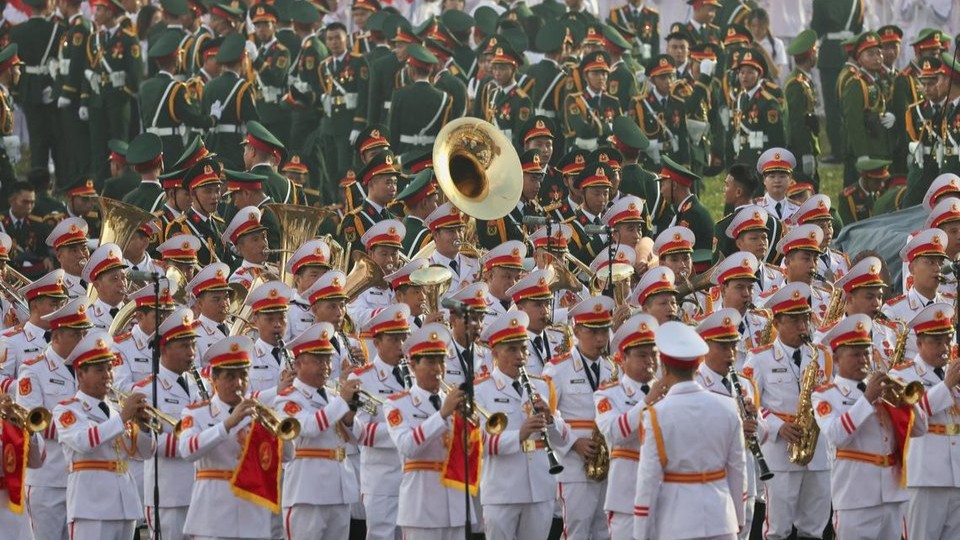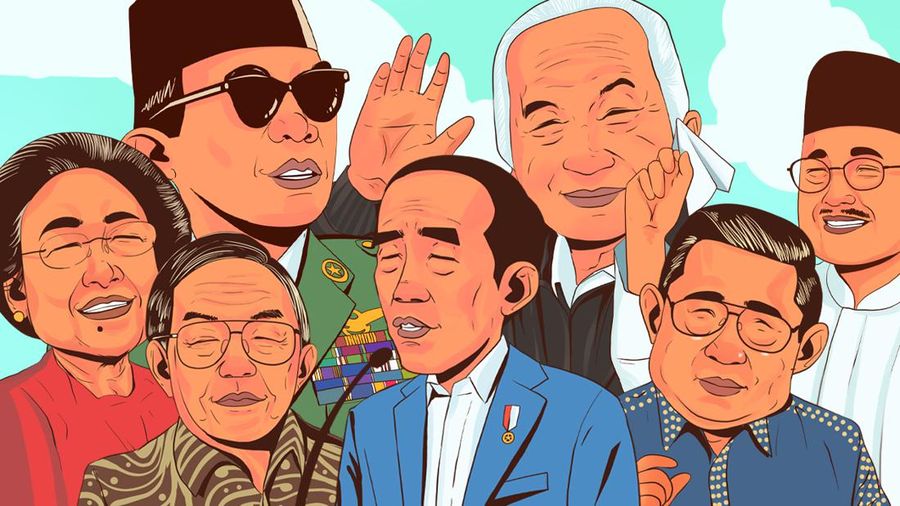Hanoi, Vietnam – As China commands global headlines with its latest show of military might, neighbouring Vietnam is staging a powerful statement of its own. Marking the country’s 80th National Day, more than 16,000 troops marched through the capital on Sept 2 in a parade that was part spectacle, part strategic declaration: Vietnam’s military is determined to shed its Soviet past and build a self-reliant future.
The event reflected both continuity and change. Soviet-era tanks — symbols of a Cold War-era force built on Russian designs — still rolled through the streets. Yet alongside them were signs of transformation: domestically produced drones, cruise missiles, and air defence vehicles, many developed by Viettel, the military’s state-run telecommunications and defence arm. The hardware represents early results of a reform programme launched in 2019 to overhaul Vietnam’s arsenal and reduce dependence on Moscow.
Party chief To Lam and senior defence officials have framed this shift as essential for the country’s strategic future. Their goal is to develop a leaner, more agile force by 2030 — one capable of defending Vietnam’s sovereignty in an increasingly volatile regional environment. But the task is daunting. The country’s defence budget is just a fraction of China’s US$250 billion, and its industrial base still lacks the capacity to produce combat aircraft or warships.
“From sensors to screws, everything in the Vietnamese military was built to Russian specification,” said Greg Poling, director of the Southeast Asia Program at the Centre for Strategic and International Studies. “They can’t just plug Western equipment into those systems — they have to build a whole separate military ecosystem.”
The push for self-reliance is not only a technical challenge but also a geopolitical necessity. Vietnam’s growing unease with China — its largest trading partner and historical rival — underpins much of the urgency. Their territorial disputes in the South China Sea, including overlapping claims in the Spratly Islands, continue to trigger diplomatic flashpoints and military stand-offs.
Beijing recently condemned Hanoi for accelerating island construction in contested waters, while Vietnam has repeatedly called on China to respect its sovereignty. At the same time, Hanoi is strengthening defence ties with the United States, India, and Japan, seeking strategic partnerships to balance Beijing’s growing influence.
The parade was therefore more than a patriotic ceremony — it was a declaration of intent. Vietnam is charting a difficult but deliberate course towards defence independence, aiming to rewire its military from the ground up. In doing so, it hopes to emerge not only as a sovereign actor capable of defending its interests, but also as a strategic player in a region where great power rivalries are reshaping the balance of power.






